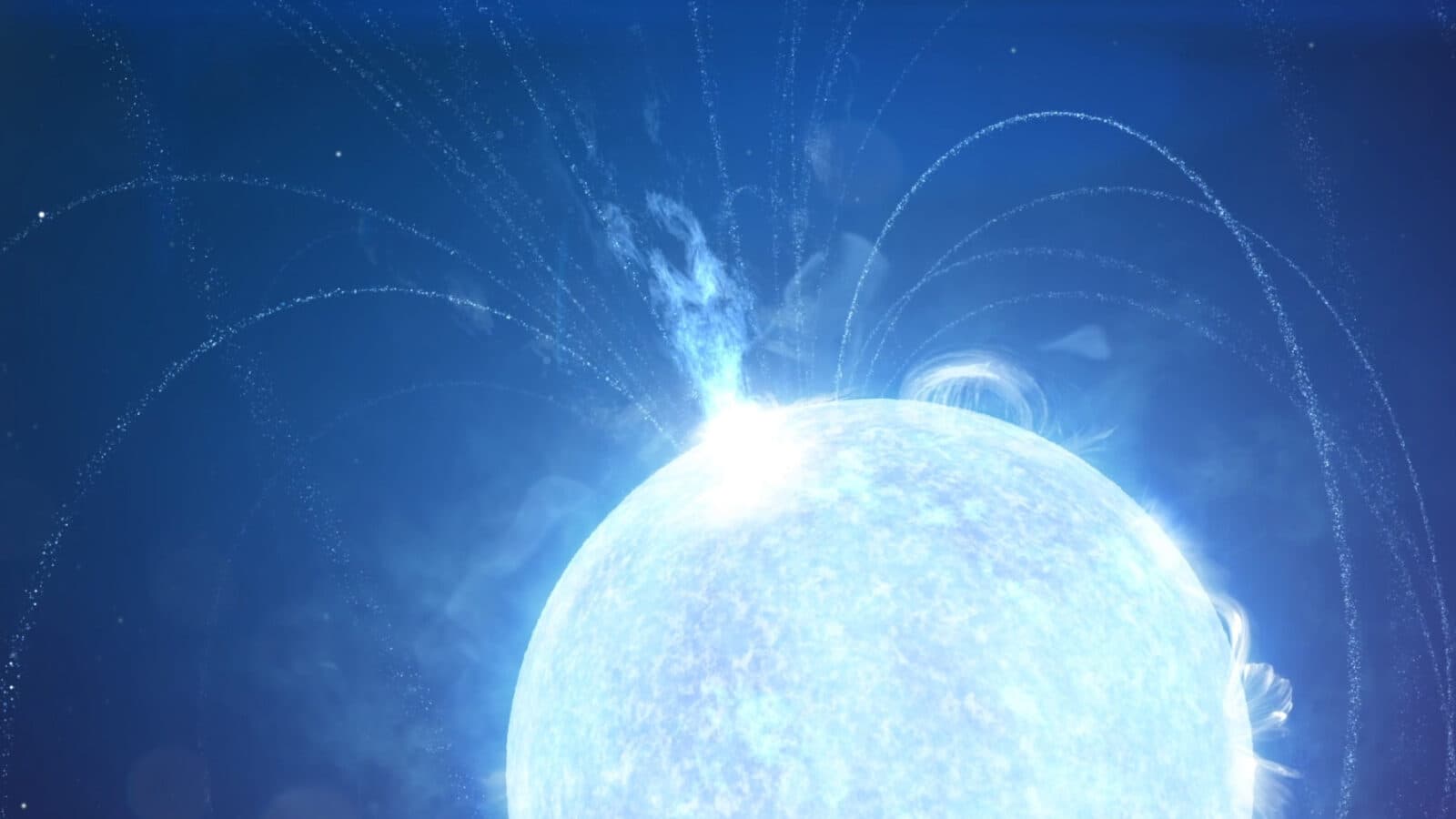Astrophysical Complexity
by Adam Hadhazy
Research highlights from Kavli Astrophysics Institutes

The Author
The universe has a habit of making a mash of simple explanations, as Kavli Institute researchers well know. Take fast radio bursts (FRBs for short). As their name implies, they manifest as tremendously powerful, short-lived blasts of radio waves. Astronomers have only known of their existence since 2007, making FRBs one of the hottest new topics around. As we have come to learn over the years, some FRBs are one-off events, while other FRBs repeat from a few to even thousands of times. This range of presentations suggests that not all FRBs are of a kind, and thus that more than a single kind of astrophysical scenario can spawn such a phenomenon. As a study with Kavli research involvement that published in September shows, there may indeed be a lot of so-far-unappreciated intricacies when it comes to FRBs. This eschewing of astrophysical simplicity holds for Type Ia supernovae too. Irksomely, these explosions have at least two pathways of formation: either from white dwarf stars accreting matter from other stars, or from white dwarfs colliding with each other. And again, as with FRBs, many intricacies are afoot. It does seem like in science, Occam's Razor does ultimately have to contend with an additional axiom: the devil is in the details.
Bizarre fast radio burst points to a complex system for its origins
A new study led by members of the Kavli Institute for Astronomy and Astrophysics at Peking University has dramatically deepened the mystery of fast radio bursts (FRBs). The researchers have reported on an FRB source that sent out nearly 2000 bursts over almost a two-month period, with strange variations in magnetic intensity at the source. The richly-detailed new findings suggest a dynamic, complex stellar environment is behind the rapid FRB repeater. Magnetars, which are hyper-magnetized remnants of massive stars, have long been suspected as FRB generators, though in the case of the new source, a companion star or other object is theorized to be additionally involved. Loads more FRB data to help solve this and other mysteries will come in over the next few years, thanks to the Five-hundred-meter Aperture Spherical radio Telescope (FAST) in China, which made the observations of the new study's FRB, and other instruments, like the Canadian Hydrogen Intensity Mapping Experiment (CHIME).
Chatting about the big bang and "cosmological vertigo" with a Kavli astrophysicist
A recent article for The Guardian poses the profound question, "Will we ever see pictures of the big bang?" Answering the question and others in a Q&A is Matt Bothwell, the public astronomer at the University of Cambridge and a member of the Kavli Institute for Cosmology, Cambridge. The short answer, alas, is "no," because the cooling and expanding universe, as Bothwell explains, remained opaque to light early in its existence (for roughly 380,000 years post-big bang). Read the entertaining piece to find out further how the universe is actually like a pair of tights, as well as what "cosmological vertigo" is.
Why xenon is a dark matter detector go-to
The continuing hunt for dark matter with big detector dragnet vats of liquid xenon has been in the news recently. Just in July, early null results were announced from two major experiments, LUX-ZEPLIN (LZ) and XENONnT. (The experiments have Kavli astrophysics researcher involvement, particularly from the Kavli Institute for Particle Astrophysics and Cosmology (KIPAC) at Stanford University for the former and the Kavli Institute for the Physics and Mathematics of the Universe (Kavli IPMU) at Tokyo University for the latter.) In a recent article, KIPAC scientists explain that xenon is such an attractive material for this scientific venture because xenon is a noble gas, and since noble gases rarely chemically react with other elements, virtually any reactive activity detected would thus have an external origin. (Dark matter detectors must accordingly be built deep underground to limit exposure to confounding radiation and particles.) The KIPAC researchers also explain the complex techniques involved in purifying xenon to ensure there is little to nothing to interfere with pristine measurement-taking.
Steps forward and steps back in defending Earth from dangerous space rocks
On September 26, NASA's DART mission successfully slammed a spacecraft into an asteroid to test a planetary defense strategy of momentum transfer, where imparting a bit of oomph to an asteroid could ultimately deviate the rock from its collision course. A recent article for Grid featured comments on DART and more from Richard Binzel, a member of the Massachusetts Institute of Technology's Kavli Institute for Astrophysics and Space Research. Binzel commented on the importance of DART, while also noting his concern—shared by others quoted in the article—over the fate of NASA's Near-Earth Object (NEO) Surveyor mission. Potential budget cuts for the mission, whose goal is to spot Earth-threatening asteroids, might end up delaying or even jeopardizing the mission's launch, slated for later this decade.
Unwrapping the Fermi cocoon
The true nature of the so-called Fermi cocoon has been revealed. The Fermi cocoon is a small region of particularly bright gamma-ray emission thought to be part of a big, so-called Fermi bubble of gamma rays ballooning out of our galaxy. The Fermi cocoon, it turns out, is a concentration of gamma rays beaming from the Sagittarius Dwarf Spheroidal Galaxy, a neighbor of the Milky Way. Researchers at Kavli IPMU are part of the team that announced the findings. While hypothetical dark matter particle annihilations were a compelling possibility for these excess gamma rays, millisecond pulsars—fast-spinning remnants of massive stars—are the likely source of the Fermi cocoon, just as they are for excess gamma rays emanating from within the Milky Way.